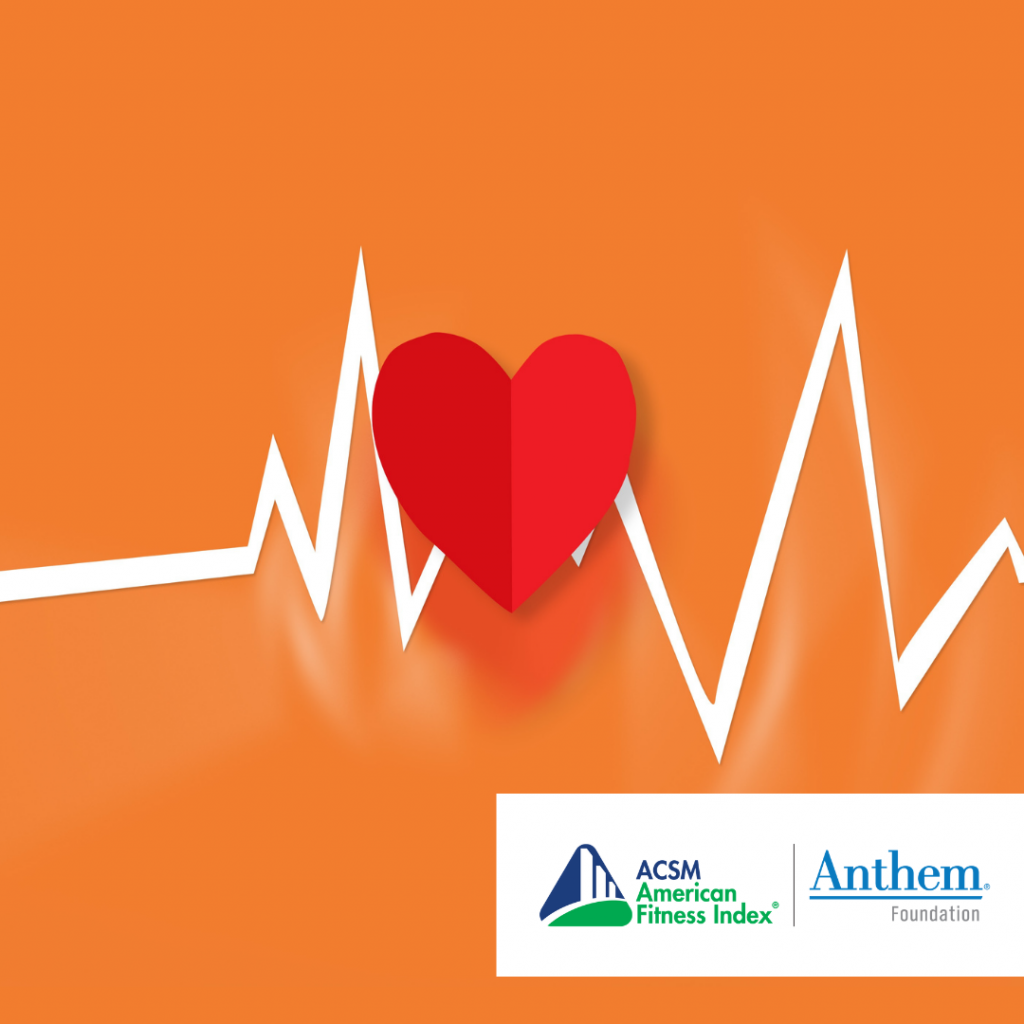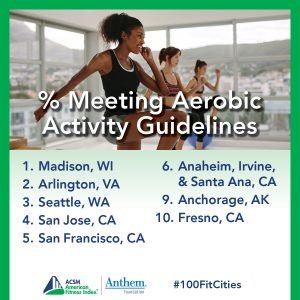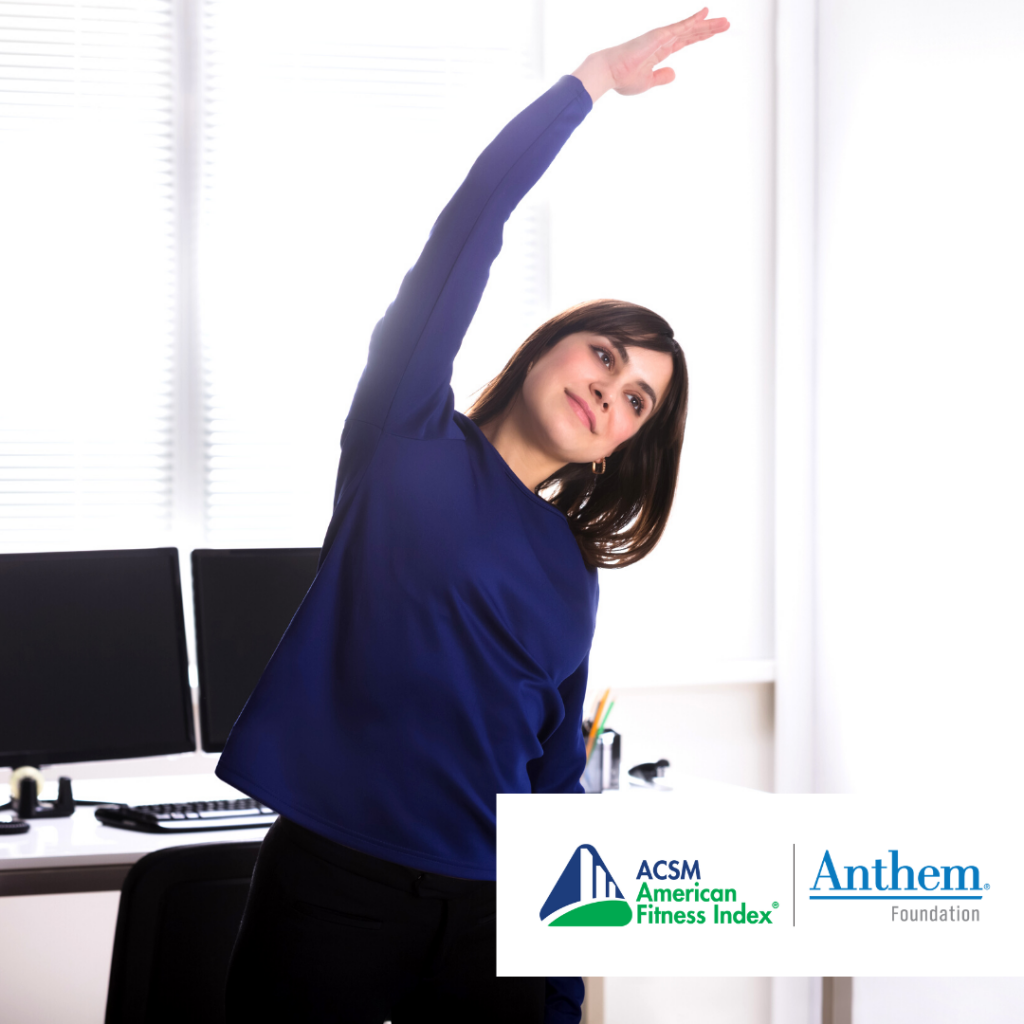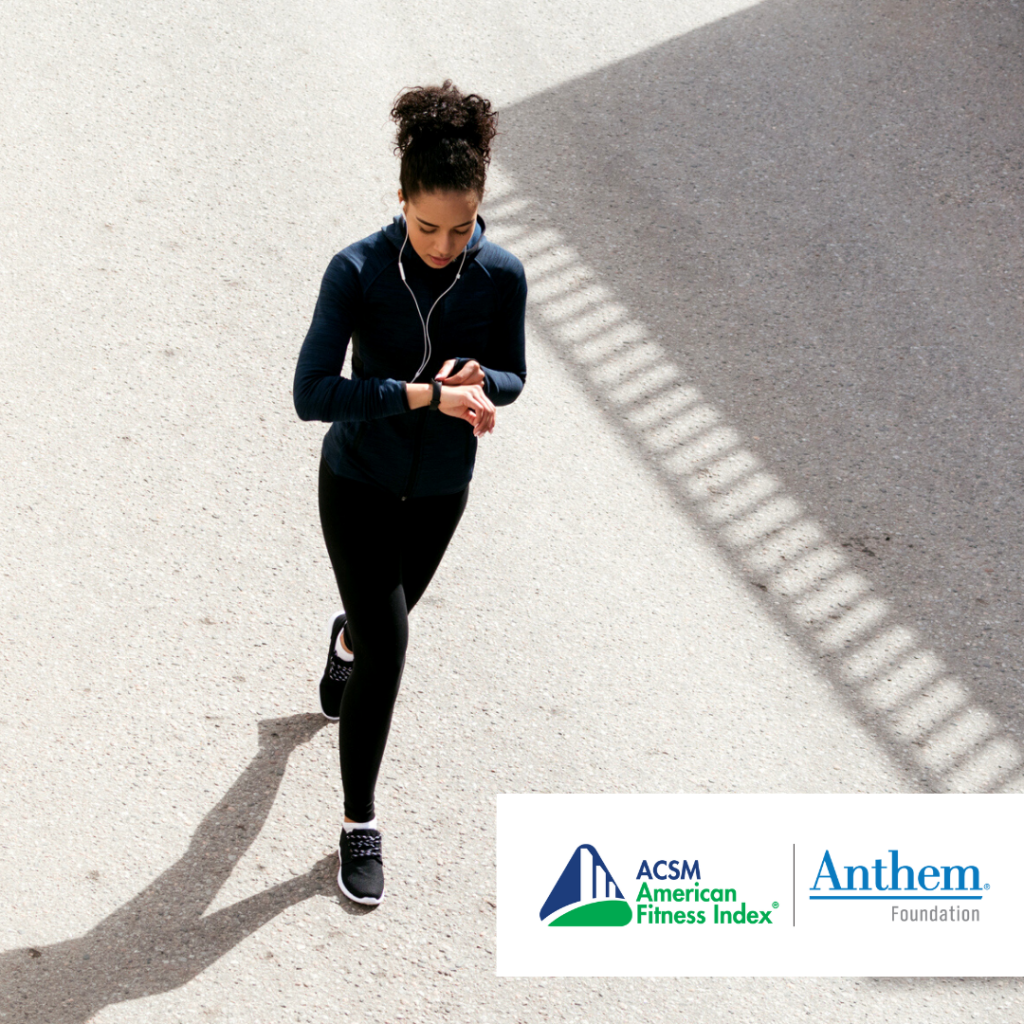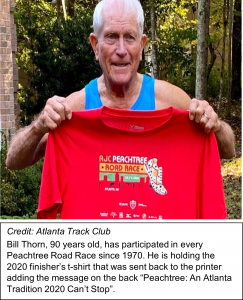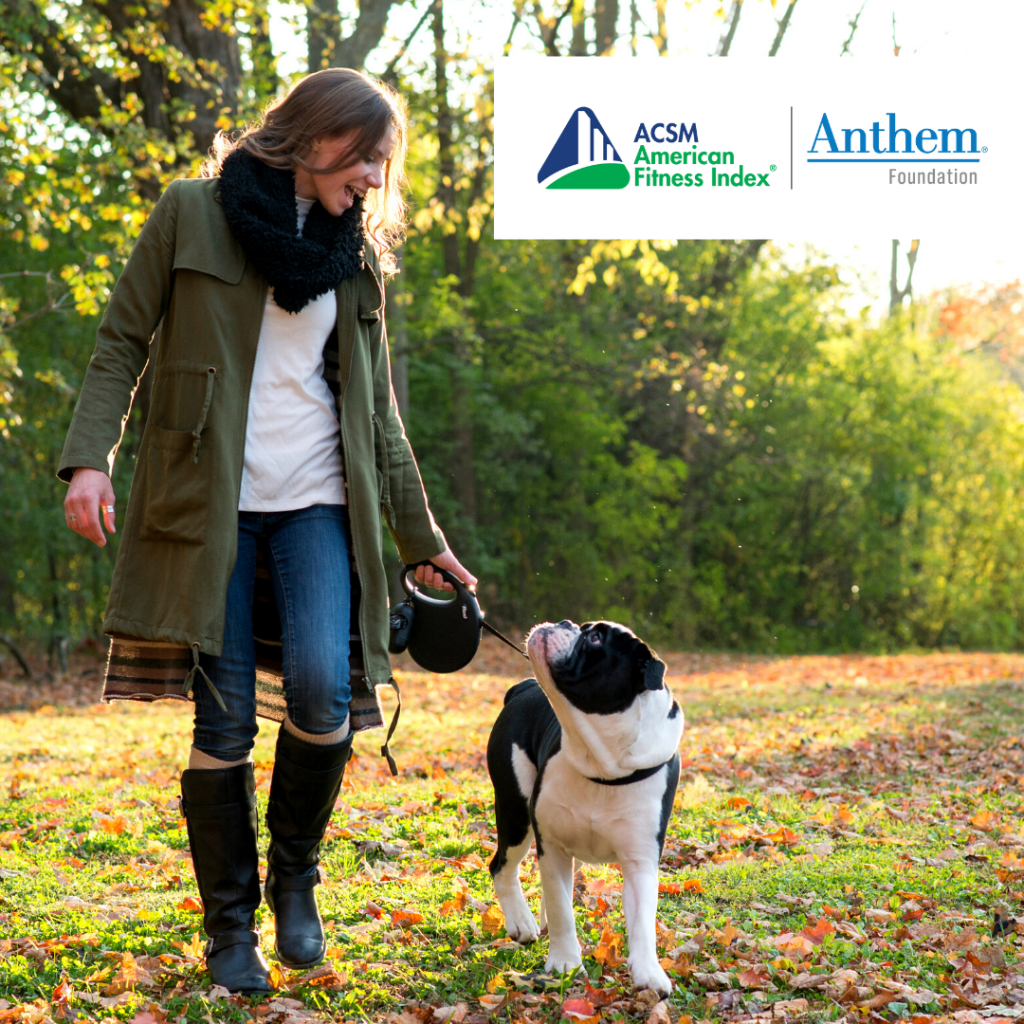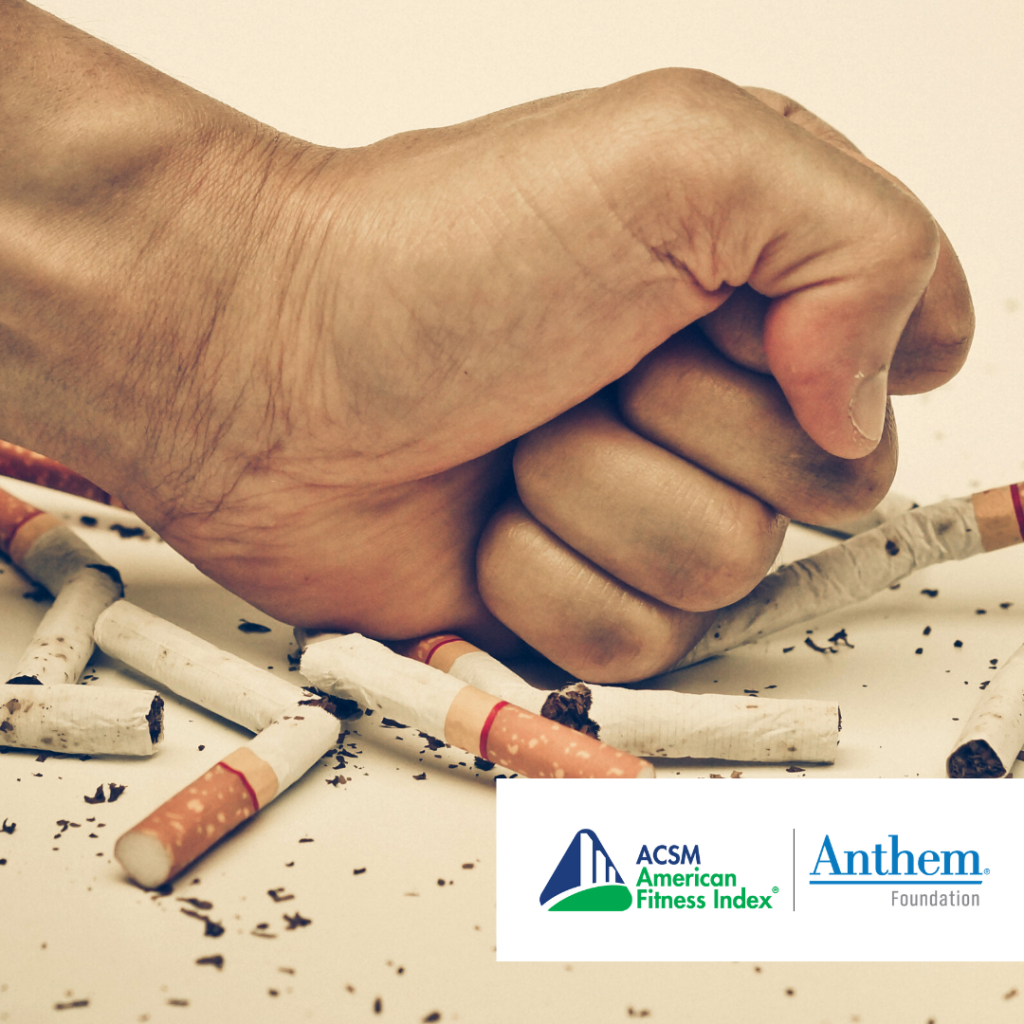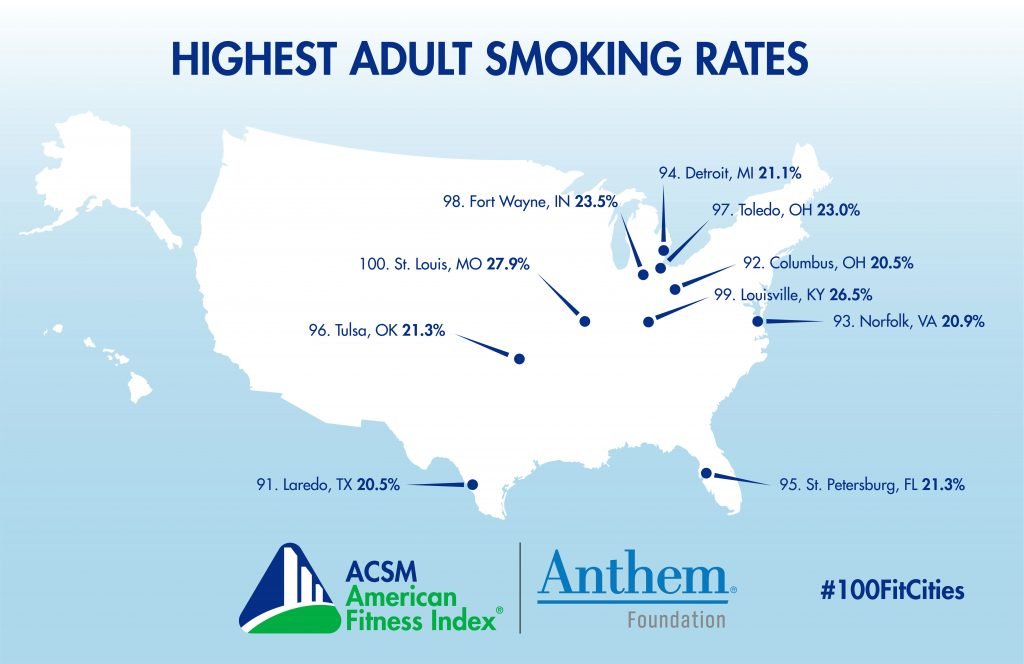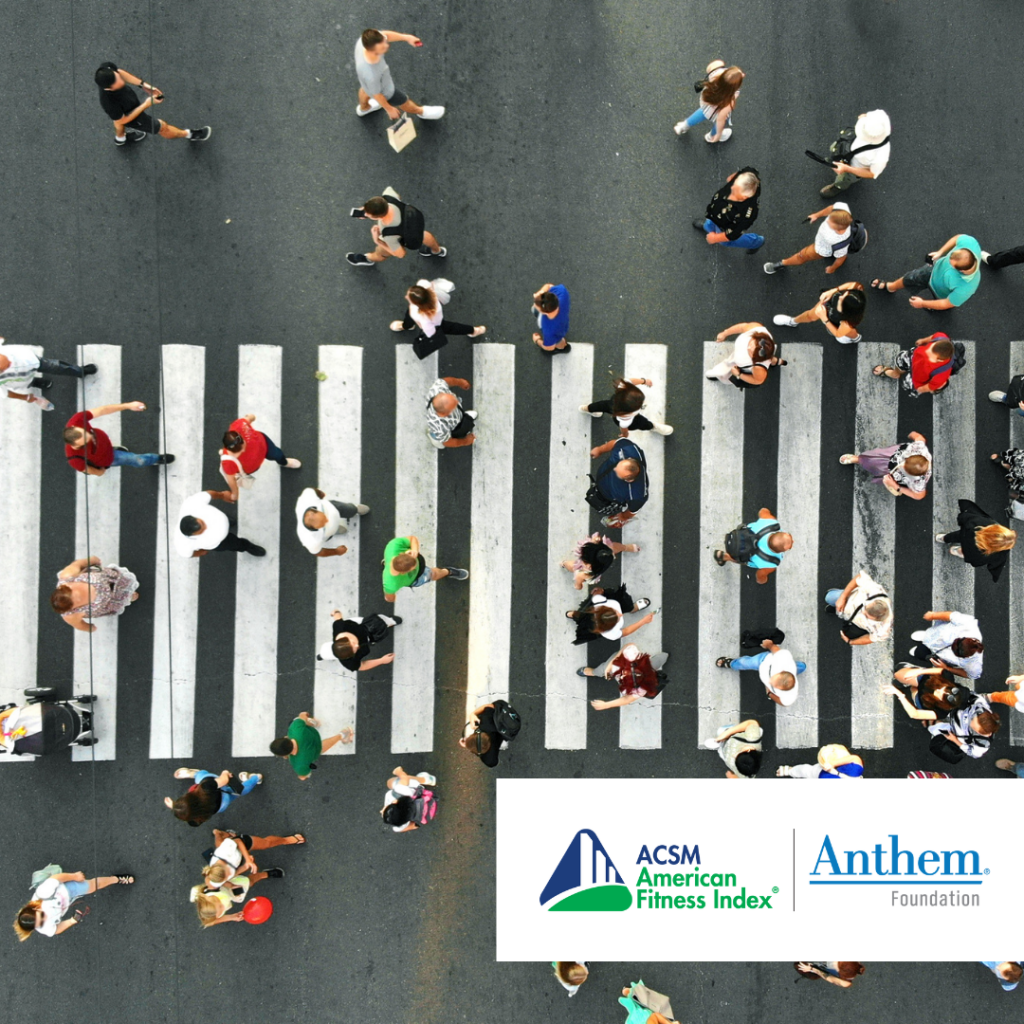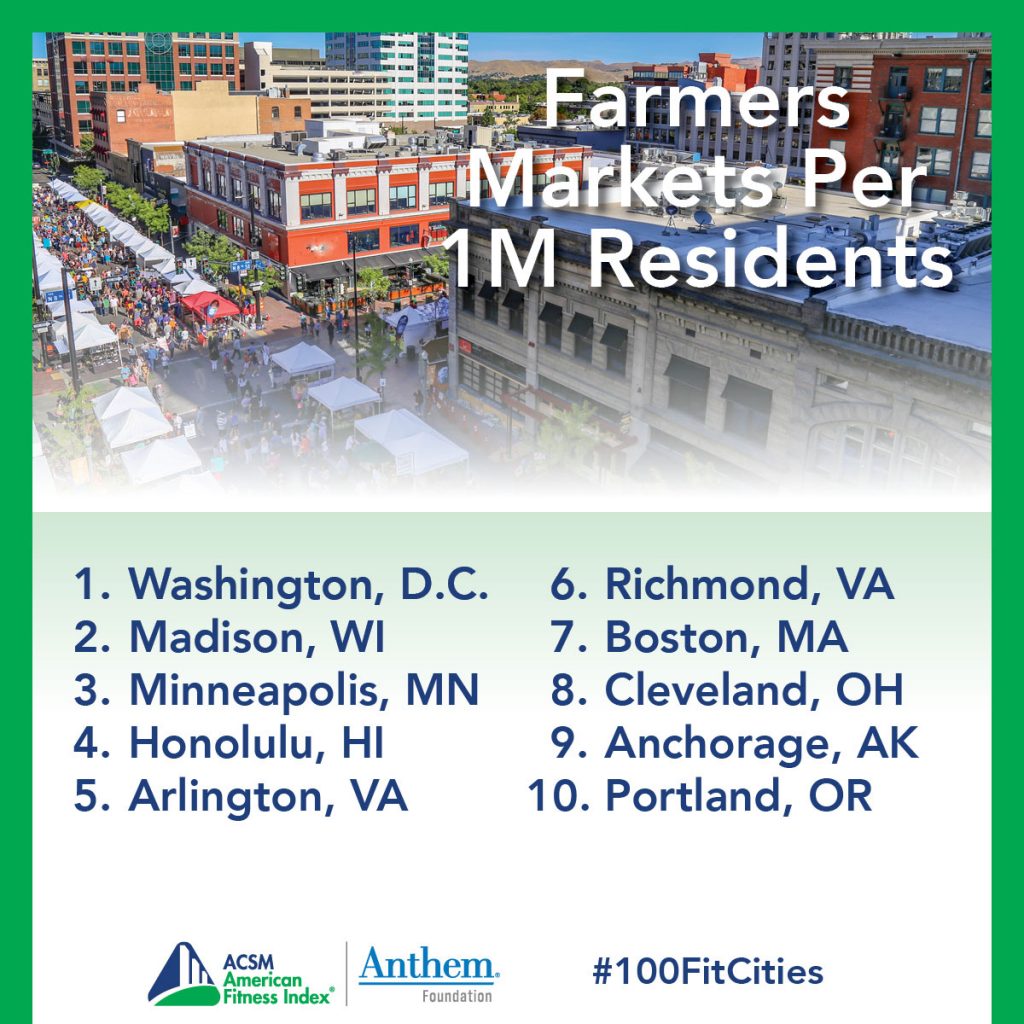Active transportation has important environmental, health and economic benefits. Promoting active modes of transportation including walking, cycling and wheelchair or stroller rolling, can increase physical activity, benefit both individuals and communities economically and play a role reducing air pollution.
In some areas, active transportation can replace motor vehicle use entirely. More commonly, though, physical activity can be combined with cars or public transportation to replace parts of trips. However, participation in active transportation varies widely among urban, suburban and rural communities. This disparity has much to do with personal, environmental and cultural barriers that interfere with the adoption of active transportation. Encouraging people to utilize active modes of transportation requires that we identify and address these barriers.
One barrier to active transportation is the availability of resources and infrastructure in the community to make it realistic. For example, the American Fitness Index includes Walk Score, which is based on how well errands and activities can be completed on foot as opposed to needing a car. Large cities tend to have a higher walk score than smaller cities that are less dense and not as likely to have access to sidewalks, bike lanes and public transportation.
Other factors that influence the decision to walk and bike include the accessibility and conditions of sidewalks, bike lanes, multi-use trails and forms of public transportation. Also, the availability of bicycle parking and storage and a place to change clothes and shower after commuting are important potential barriers. Having access to these resources can make the decision to walk or bicycle for transportation easier.
Another barrier to active transportation is safety, both real and perceived. The infrastructure and culture in some cities make it safer for pedestrians and cyclists, so pedestrian fatalities are lower, and individuals and families are more likely to be active. Communities that lack sidewalks, bike lanes, safe street crossings and adequate lighting would certainly have lower participation in active transportation. Additionally, since there is “safety in numbers,” places where walking and bicycling are more common tend to be safer because motorists are more aware of their presence. When cyclists and pedestrians are less visible, drivers may not be as cautious, making safety more of a concern.
The community culture can be a barrier to active transportation. In places where active transportation and using public transit are the norm, people are more likely to leave their car at home and walk or bicycle to work or for leisure trips. Unfortunately, many people find that their community does not support active transportation, either through a lack of infrastructure or through the attitudes of the citizens. Relatively few people would begin or maintain a habit of active transportation when it isn’t widely accepted and supported through community norms or policies.
Personal factors can also be a limit factor. An individual’s belief in the health, environmental and economic benefits can influence their decision to participate in active transportation. The perceived additional time to walk or bike rather than drive is also a barrier, but it is interesting to note that most people overestimate the time required for active travel. A person’s fitness and ability to travel longer distances on foot or on a bicycle can also be a concern, especially if the commute includes hills. Combining walking with public transit for longer trips or using an electric-assist bicycle can reduce the intensity and make it more enjoyable. While active transportation is almost always less expensive than driving a car, the cost of a bicycle and other equipment may limit some from getting started. Bike sharing and financial incentives for purchasing a bicycle may reduce this concern. Finally, the weather can be an important consideration. Hot, cold or rainy climates can reasonably limit active transportation, especially when considering professional attire.
Many of these barriers can be overcome through education about the benefits of active travel, the availability of infrastructure, resources to support walking and cycling and tips to make active transportation safer and more comfortable. Advocating for changes in policies and the built environment can be effective as a grass-roots effort. Educating drivers, pedestrians and cyclists about traffic rules and safety can help change the culture. And making public transit, walking and cycling more visible through community “open streets” events can raise awareness and normalize active transportation. Ultimately, expanding access to active transportation can make communities more equitable, healthy and economically sound.
Author: Brian B. Parr, Ph.D., FACSM, ACSM-CEP, University of South Carolina Aiken



